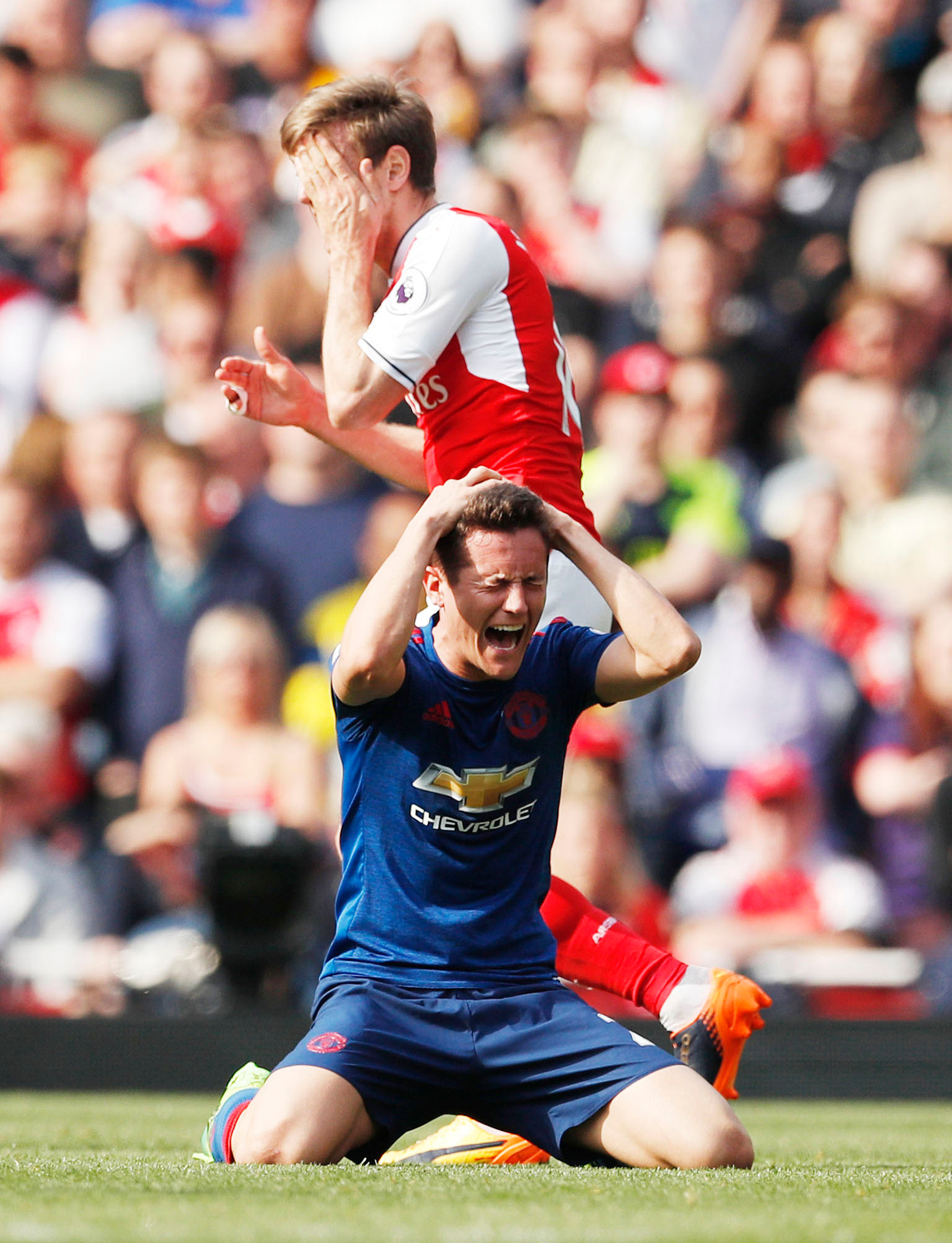NEW YORK • When young athletes suffer concussions, they are typically told to rest until all symptoms disappear.
That means no physical activity, reading, screen time or friends, and little light exposure, for days or, in severe cases, weeks. Such action is known as "cocooning".
But new guidelines, written by an international panel of concussion experts and published this month in The British Journal of Sports Medicine, question that practice.
Instead of cocooning, the new guidelines suggest that most young athletes should be encouraged to start being physically active within a day or two after the injury.
"The brain benefits from movement and exercise, including after a concussion," said Dr John Leddy, a professor of orthopaedics at the Jacobs School of Medicine and Biomedical Sciences at the University at Buffalo, and one of the co-authors of the new guidelines.
There has long been controversy, of course, about the best ways to identify and treat sports-related concussions. Twenty years ago, athletes who banged their heads during play were allowed to remain in the practice or game, even if they stumbled, seemed disoriented or were "seeing stars".
Since then, mounting evidence has indicated that sports-related concussions are not benign and require appropriate treatment. The question has been what these appropriate treatments should be.

In the early 2000s, dozens of the world's premier experts on sports-related concussions started a panel - Concussion in Sport Group - to review studies about concussions, with plans to issue a consensus set of guidelines on how best to identify and deal with the condition.
In its 2012 guidelines, the panel recommended broadly that if an athlete of any age was found to have a sports-related concussion, he or she should rest as completely as possible, remaining in a darkened room with little visual or physical stimuli, until all symptoms had gone away and did not return once the athlete began easing back into normal activities, which could be a week or more.
This approach was thought to "promote recovery by minimising brain energy demands following concussion".
However, since then, a number of studies in animals and people with diagnosed concussions have indicated that prolonged physical rest may delay the brain's recovery.
This month, the group published a new set of guidelines that significantly revises recommendations. Now the advice is that after a concussion the athlete should remain quiet for 24 to 48 hours, but then should begin to get up and move.
Being physically active in this context "does not mean returning to football practice", Dr Leddy stressed. "This is about meeting certain low thresholds," starting with a gentle walk around the block.
"We will ask them to walk until they begin to feel any return of symptoms of the trauma," he said.
"If they went 15 minutes and then felt a headache, we'll suggest they walk 10 or 12 minutes the next day and see if that feels okay."
The idea, he said, is to find each affected athlete's "sweet spot" of enough activity to stimulate brain recovery without exacerbating symptoms.
He added that each person should be assessed and treated on an individual basis and also that the new guidelines do not recommend that young athletes return quickly to the classroom.
Cognitive issues related to the concussion can be lingering, he said, and should be closely monitored by an expert, such as a neurologist or sports medicine doctor who often treats concussions, together with the young athlete's parents and school officials.
Interestingly, Dr Leddy said that there are some indications that continuing problems with memory or concentration after a concussion may be lessened if the child walks and otherwise is physically active.
Far more long-term studies of treatments and outcomes are needed. For now, his advice to those who work with young athletes is to make sure, first, that any head trauma is evaluated.
The new guidelines include a free, scientifically validated checklist that can be used by parents or coaches on the sidelines to help determine whether a young person has experienced a concussion and what actions should be taken.
Then, if your child hits his or her head, take the new consensus guidelines with you to your medical appointment, Dr Leddy said. The recommendations should not supplant any doctor's established clinical judgment, he said, but do represent the pooled knowledge of the world's top experts.
"If it were me and my child," he said, "I would bring it along."
NYTIMES
